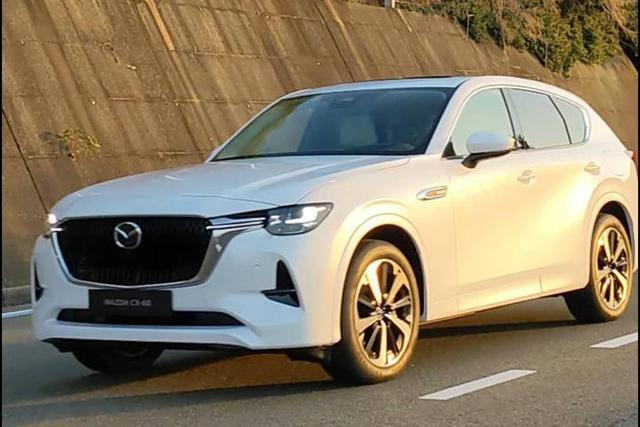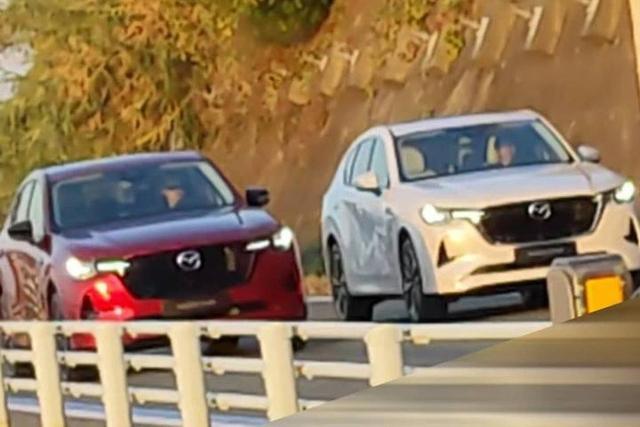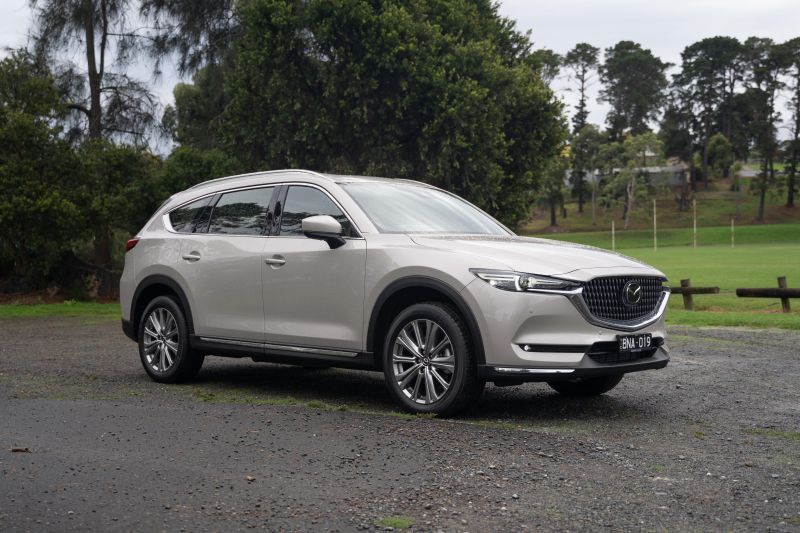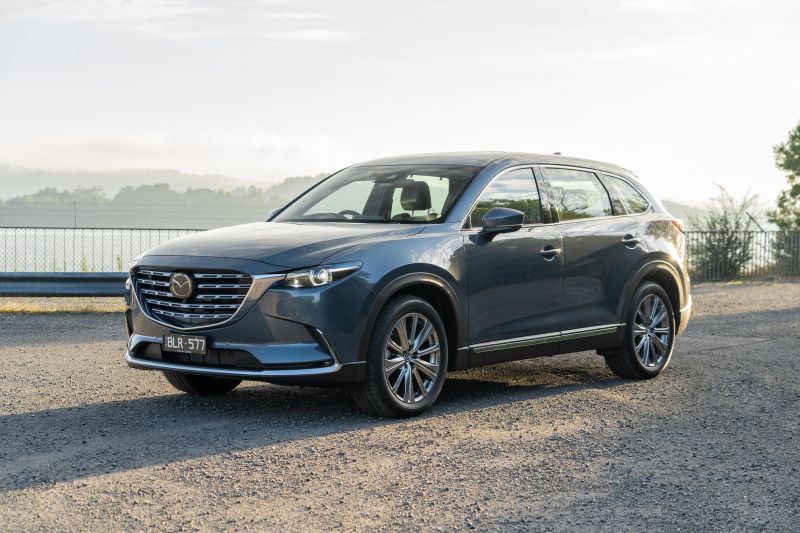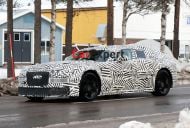Don’t assume Mazda’s upcoming SUVs will immediately spell the end of existing models like the CX-8 and CX-9.
That’s the word from Mazda Australia marketing director Alastair Doak, when asked how upcoming models on Mazda’s new Large Architecture will slot into the local line-up.
That suggests the new Large Architecture models could be sold alongside existing models, at least for a period of time.
We already know the mid-sized CX-5 has some life left in it, receiving a modest update despite the imminent arrival – sometime before the end of 2022 – of the new mid-sized CX-60.
The two-row CX-60 and its three-row CX-80 counterpart have been developed for markets “with narrower roads and smaller parking lots” such as Europe and Japan.
The two-row CX-70 and three-row CX-90, in contrast, will have a “wide body type” according to Mazda, with a focus on markets such as North America “where larger models with a big presence are preferred”.
Mazda Australia has yet to announce which ones we’ll be getting here beyond the CX-60, which will offer a 2.5-litre four-cylinder plug-in hybrid powertrain with a total output of 223kW of power.
The rest of the local powertrain line-up has yet to be confirmed.
The new Large Architecture is a rear/all-wheel drive architecture, and will be available with not only the aforementioned plug-in hybrid but also inline-six cylinder engines.
The two inline-sixes will be called the Skyactiv-X petrol and Skyactiv-D diesel. Both will have 48V electrical systems to smooth out the stop/start and add some extra low-end torque.
Mazda Australia has previously told CarExpert the CX-60/CX-70/CX-80/CX-90 were all available to us, and that it was simply deciding which ones it could make a case for.
The CX-90 will directly replace the CX-9 in North America, where the company has also rationalised its lineup by dropping the CX-3 and making all-wheel drive standard across its entire SUV range.
Mazda Australia could offer more variety because it’s one of Australia’s best-selling brands, whereas in the US it sits further down the sales charts.
Australia is an unusual market in that we receive both the three-row, CX-5-based CX-8, designed for markets like Japan, as well as the three-row CX-9 developed for North America.
Mazda therefore has precedent in offering two somewhat conceptually similar models in the same segment.
Where the existing CX-8 and CX-9 are most different, besides their width, is in their powertrain line-ups: the smaller CX-8 offers only turbo-diesel and naturally-aspirated petrol four-cylinder engines, while the CX-9 exclusively offers turbocharged petrol four-cylinder power.
However, they’re both offered in LE variants with Nappa leather seat trim, real wood dashboard accents, and standalone second-row captain’s chairs. It’s likely the CX-80 and CX-90 will be more luxurious again.
Although its new models will be more luxurious, Mazda has previously told CarExpert it won’t be abandoning the mainstream market.
“We still have to demonstrate value to the end consumer,” Mazda Australia managing director Vinesh Bhindi said in 2021.
“What we’re saying is, we still offer what we call the mainstream, and then also have extended products that are more towards the premium pricing,” he said.



